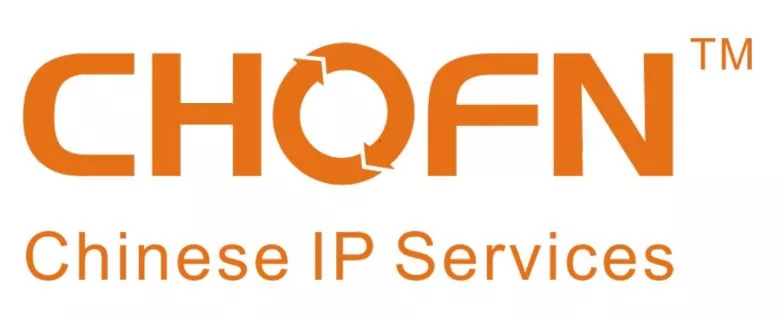In mainland China, it has long been a controversial issue whether or not trademark use in Original Equipment Manufacturer (hereinafter referred to as “OEM use”) should be regarded as valid trademark use to resist non-use cancellation or constitute infringement on others' prior registered trademarks. There is even no consensus among the courts and governmental organs, even though the Supreme People's Court's (SPC) precedents are more influential.
- Earlier leading trend: effective use but not infringement
Before September 2019, in terms of non-use cancellation, the OEM use was often regarded as effective evidence to resist a non-use cancellation, primarily for two reasons—1) the purpose of non-use cancellation is to encourage the use of the mark, rather than to cancel a registered trademark; and 2) since OEM production is a positive intention to use the trademarks, such use should be encouraged.
In terms of infringement, OEM use was often not regarded as trademark infringement, mainly for the reason that the OEM goods do not enter the Chinese market, and accordingly, will neither function to indicate the source of goods nor cause confusion among the relevant consumers. In practice, the customs also tend to release the OEM goods after receiving the documents proving that the goods are only exported to other countries.
- Landmark HONDA case
In September 2019, the SPC retried an infringement case No. 2019-SPC-Min-Zai 138 relating to the trademark HONDA and made a landmark judgement.
Honda owns in China trademarks Nos. 314940, 1198975, and 503699, all containing the word HONDA or the Honda logo and covering the goods such as vehicles, motorcycles, etc. in class 12. In June 2016, the Kunming Customs seized 220 motorcycle parts labeled with the trademark HONDAKIT, which were produced by Heng Sheng Group Company and were being exported to Myanmar by Heng Sheng Xintai Trading Company. The trademark HONDAKIT is not registered in China but registered in Myanmar by the managing director of Myanmar Meihua Corporation, the entrusting party of the seized goods.
Honda filed a lawsuit with the local court, claiming trademark infringement. In the first instance, the court ascertained trademark infringement, but the second-instance appeal court overthrew the first judgement and ruled that the defendants' OEM goods constituted no trademark infringement.
Honda then requested for the SPC's retrial. In the retrial judgement, the SPC cancelled the second-instance judgement and ascertained the infringement and reasoned as follows:
- If a trademark is used in labeling or other ways on the manufactured or processed products, the use should be categorized as “trademark use” so long as there exists the possibility of distinguishing the source of the goods.
The relevant public includes not only consumers but also other business that is closely related to the marketing of goods or services. In this case, there exists the possibility of contact with the business in transportation. Moreover, with the development of e-commerce and the Internet, even if the OEM goods are exported, it remains possible for the goods to return to China. A large number of Chinese consumers travel and consume abroad, and there also exists the possibility of contact and confusion.
Therefore, there exists the possibility that the trademark on the OEM goods function to distinguish the source of goods for the relevant public. Therefore, the OEM use has constituted trademark use.
- Since both the word and logo are confusingly similar to HONDA's registered trademarks on identical or similar goods, there exists the possibility of confusion and misunderstanding by the relevant public. Therefore, the OEM use has infringed Honda's trademark rights.
- Trademark rights enjoy territorial For trademarks that are not registered in China, even if they are registered in foreign countries, they cannot enjoy the exclusive right in China. Consequently, the so-called "authorization to use trademark" claimed by the defendants shall not be protected under the Chinese Trademark Law and such claim cannot be used as a defense against trademark infringement.
- Updated leading trend: infringement and effective use
On July 27, 2020, the SPC announced the Guiding Opinions on Standardizing Application of Law and Strengthening Search for Similar Precedents (Trial) to absorb the benefits of case law and officially accept citation of precedents. The SPC provided the scope of precedents in four tiers. Only the top tier, namely the SPC's announced guiding cases, shall be binding and followed by all courts, whereas the remaining three tiers, including the second tier of the SPC's announced typical cases and effective judgements, are not. The HONDA case, though in the second tier, has become an important reference for all courts, though not binding.
After this landmark precedent, the local courts followed the SPC's example by ascertaining OEM use as trademark infringement in the recent judgements, including a first-instance judgement and five second-instance judgements, where the local courts almost copied the SPC's new reasoning or theory.
Simultaneously, the customs also changed their attitude. Currently, if the OEM goods suspicious of infringing trademarks are detained and/or seized at the border, even though evidence proves that the goods are only for exportation, the local customs will proceed with the detainment and/or seizure.
In non-use cancellation cases, the OEM use remains effective evidence, which is further confirmed by the Beijing High People's Court in its Guidelines for the Trial of Trademark Right Granting and Verification Cases (2019).
- Pragmatic suggestions
- Search trademark before use: Since it usually takes approximately a year to smoothly register a trademark in China, if a company needs to manufacture the goods urgently, it is advisable to 1) conduct trademark search in the China National Intellectual Property Administration (CNIPA)'s database to see whether there are prior identical or confusingly similar trademarks on identical or similar goods; and 2) conduct search in the General Administration Custom of China (GACC)'s database to see whether the prior identical or similar registered trademarks, copyright and/or patents have been recorded before the customs. In the positive case, the risk of customs' detainment and/or seizure will be large.
- Register trademark: In the first-to-file country China, trademark registration is always a cost-efficient and safe strategy. As OEM use is effective use in China, the risk of non-use cancellation is slim.
The content of this article is intended to provide a general guide to the subject matter. Specialist advice should be sought about your specific circumstances.


